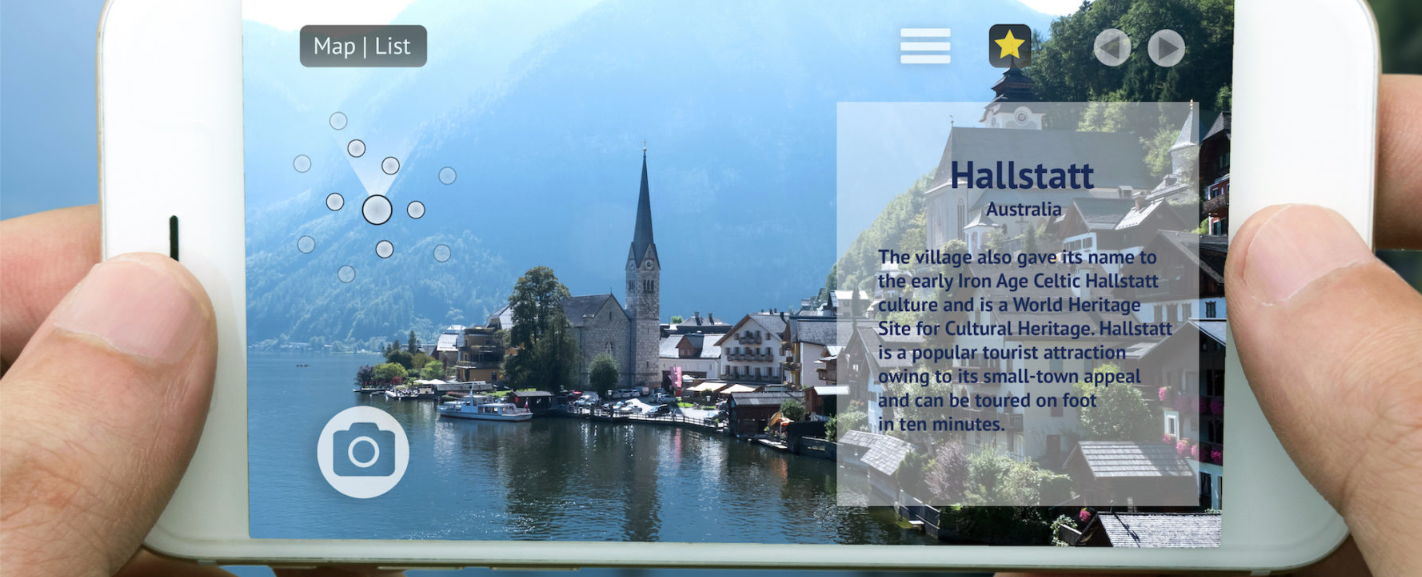Digital Design Trends
Digital Design Trends to Watch for in 2018
Prepare for 2018 by exploring the top trends we expect to see in the new year.
2018 promises to deliver incredible new developments in the way designers approach user experiences. Improvements in artificial intelligence and updates in design platforms will allow content creators to understand their customers better than ever. The future is full of exciting opportunities for creators and consumers, and you don’t want to get left behind.
Whether you’re an independent designer, a designer employed at a large company, or a communications or marketing professional, prepare your business for the new year by paying attention to the digital design trends that will soon be making an appearance. Adobe designer Nick Babich, compiled a list of the top trends he expects to see next year, and in this article, we zoom out and look at the overarching changes in the industry. Each trend in this article is gaining popularity because it makes things easier for either you, your customer, or both. Take advantage of the new technology and knowledge coming your way by considering how to incorporate these trends into your own design strategies.
Technology that fades into the background
It may seem counterintuitive, but the most successful technology goes unnoticed. It makes lives easier because it doesn’t need much maintenance or user input. The trend going forward is to introduce this feature into more devices customers use in their everyday lives.
The best example of improvements in background technology is voice-activated assistants. Brands like Google and Amazon are focusing the advertising of their Home and Echo devices on the ease of communicating with the voice assistants. Instead of going through a series of steps to get the end result, you say what you want out loud and the voice assistant makes it happen. The key is to make the computer think like humans think. People don’t always think in clear details, so digital assistants need to be able to adapt to their users’ needs. As digital assistants become more responsive and intuitive, designers are able to focus less on the tools and details and more on the creative process itself because the tech itself fades into the background.
Much emphasis will be placed in the coming year on incorporating artificial intelligence more for both the creator and the user. If a company can rely on a program to gather and analyze data effectively, the employees can spend less time worrying about the validity of the report and more time focusing on strategies and solutions. Taking the burden of data analysis off employees promotes creativity and efficiency on a company-wide level.
Another way technology is becoming easier to navigate is through time-saving updates to apps and design platforms. More intelligent software and website design can guide the user easily through processes, lessening frustration with unfamiliar practices, and allowing easy adaptation. Updates to platforms designers used to create content will reduce time spent on development, allowing back-end processes to become more efficient, as well.
The less effort users and creators have to put into making technology work for them, the more time can be dedicated to essential creative tasks.
Full Article: www.theblog.adobe.com

